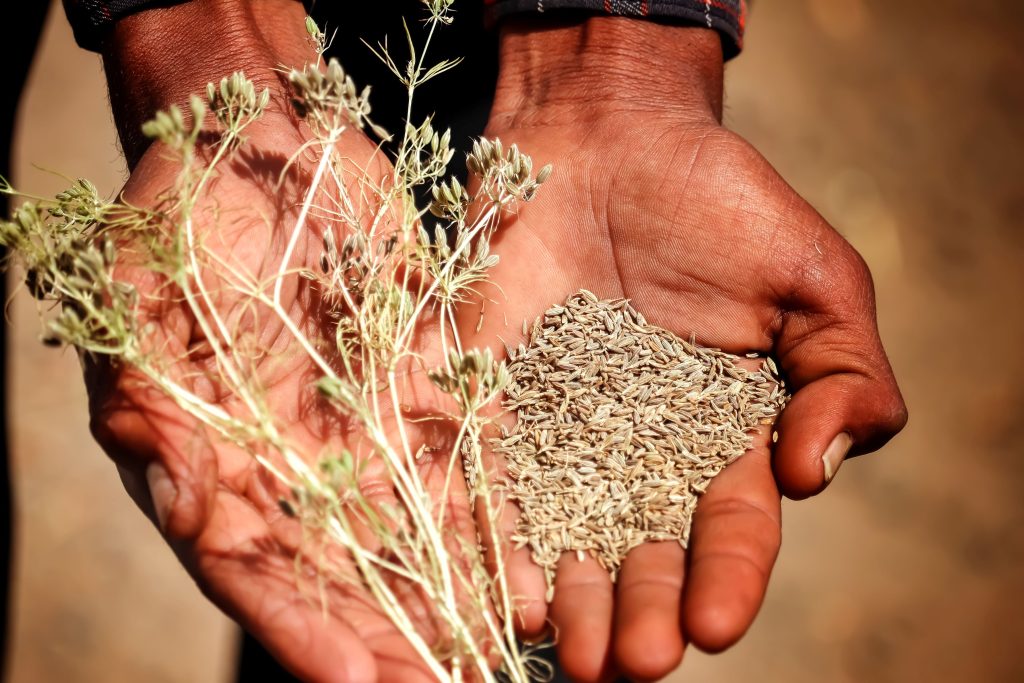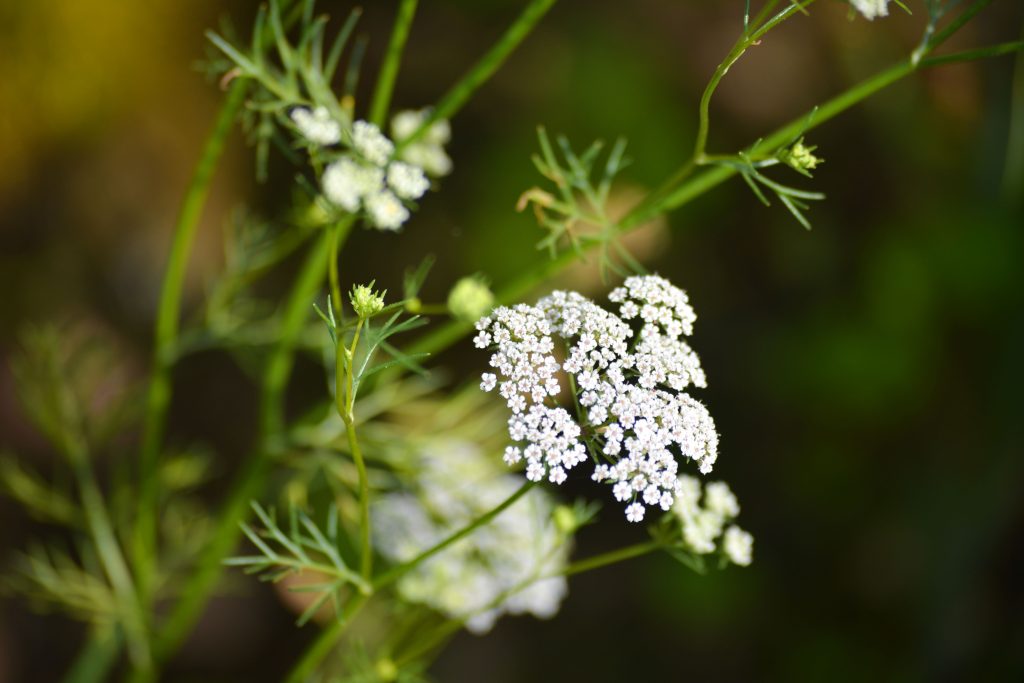Cultivating Cumin: A Comprehensive Guide on How to Grow Cumin from Seed
Cumin, derived from the plant Cuminum cyminum, is a warm-season annual belonging to the Apiaceae family. This aromatic herb is renowned for its flavourful seeds, which are used whole or ground in a variety of cuisines, particularly Mexican, Asian, Indian, and Middle Eastern dishes. Cumin not only adds a unique earthy flavour to food, but it also boasts medicinal uses. However, cultivating this herb requires a bit of knowledge and care. In this guide, we’ll help you understand how to grow cumin seeds in your own garden.
Understanding Cumin: A Brief Overview
Cumin plants, also known as Cuminum cyminum, are typically grown for their seeds. These tiny, crescent-shaped seeds are used, either whole or ground, in various culinary dishes around the globe. Especially popular in Mexican, Indian, Asian and Middle Eastern cuisines, cumin seeds provide a warm, slightly bitter flavour that is highly sought after by food lovers.
Moreover, cumin has a variety of uses beyond the culinary world. It is used in the pharmaceutical and cosmetic industries, as well as in perfumery and soap-making. The plant itself closely resembles dill and fennel, with soft, thread-like foliage, and can reach a height of up to 24 inches.
Here’s a brief overview of cumin’s key characteristics:
- Genus Name – Cuminum cyminum
- Common Name – Cumin
- Light Preference – Sunny
- Height – 1 foot
- Width – 2-6 inches
- Flower Colour – Pink and White
- Foliage Colour – Blue and Green
- Seasonal Features – Summer Bloom
- Propagation – Seed
Sowing Cumin Seeds: Getting Started
To successfully grow cumin seeds, it’s important to start early in the year. The seeds should be sown indoors around eight weeks before the last frost date in your area. Cumin seeds can be purchased from most garden supply stores or online.
Begin by placing your cumin seeds into a medium-size bowl, and cover them with water. After an eight-hour soak, drain the water and place the seeds on a clean paper towel until you’re ready to plant them. This pre-soaking process aids in germination, helping the seeds sprout faster once planted.
You will need a large container or pot to accommodate several cumin plants. Ensure the pot has at least two drainage holes for proper water drainage. Fill the pot with well-drained, fertile sandy loam soil until it’s nearly full. Loam soil, a blend of sand, silt, and a small amount of clay, is ideal for cumin plants.
To plant, make small indentations in the soil with a spade or your fingers. Each seed should have its own spot, at least 4 inches away from the next one. This spacing allows the cumin seeds to support each other as they grow. After placing the seeds in the holes, cover them with about 1⁄2 inch of soil.
Location and Lighting: Setting the Stage for Growth
Cumin plants thrive in direct sunlight. If you’re growing your plants indoors, place your pot near a south-facing window or in a plant stand that receives ample sunlight. For those growing cumin outdoors, select a spot in your yard where the plant can bask in direct sunshine for most of the day.
If natural sunlight is limited indoors, you can supplement with artificial plant lights. T5 high output fluorescent plant lights, compact fluorescent, or high-intensity discharge lights are excellent choices. Keep these lights approximately one foot above the plants and leave them on for 12 hours a day for optimal growth.
Ideal Growing Conditions: Soil, Water, and Temperature
Cumin plants prefer organically rich, well-drained soil. They do not germinate well in clay soil and require a somewhat dry environment to decrease fungal risks associated with wet soil. As plants mature, water only when the top 1 to 2 inches of soil feel dry to limit plant disease.
Cumin is a tender herb that requires warm temperatures and freedom from all possibilities of frost. The plant should be taken outdoors after the last spring frost when temperatures are between 50°F to 80°F. If your growing environment is humid, plant each seedling at least 6 inches apart to limit fungal risks.
Cumin grows best in a pH range between 6.8 (mildly acidic) and 8.3 (alkaline), with an ideal range between 7.0 and 7.5.
Encountering Pests and Diseases
Cumin plants can be susceptible to aphids, which can be controlled using natural remedies. Try spraying infested plants with a garden hose, or place onions or garlic around your plants as a natural deterrent. You can also make a homemade pesticide by mixing thyme, peppermint, clove, and rosemary essential oils into a spray bottle filled with water.
Harvesting Cumin Seeds
After approximately 120 days of growth, your cumin plant will start to produce seed pods. When these pods turn brown, the cumin seeds are ready to harvest. Cut the entire stem and then hang it upside down in a paper bag or over a container that will catch the seeds as they fall out.
Time to Get Growing!
Growing cumin seeds can be a rewarding endeavour. With the right conditions and a bit of patience, you can cultivate your own cumin plants and enjoy the aromatic and flavourful seeds they produce. Whether you’re an experienced gardener or a novice, this guide should equip you with the knowledge you need to successfully grow cumin seeds in your garden or home. Happy gardening!
Cumin Seeds
Cumin Seeds in the Allotment Shop
Check out the Allotment Seed Shop for great value seeds.
Germination & Quality Checked for consistent results





